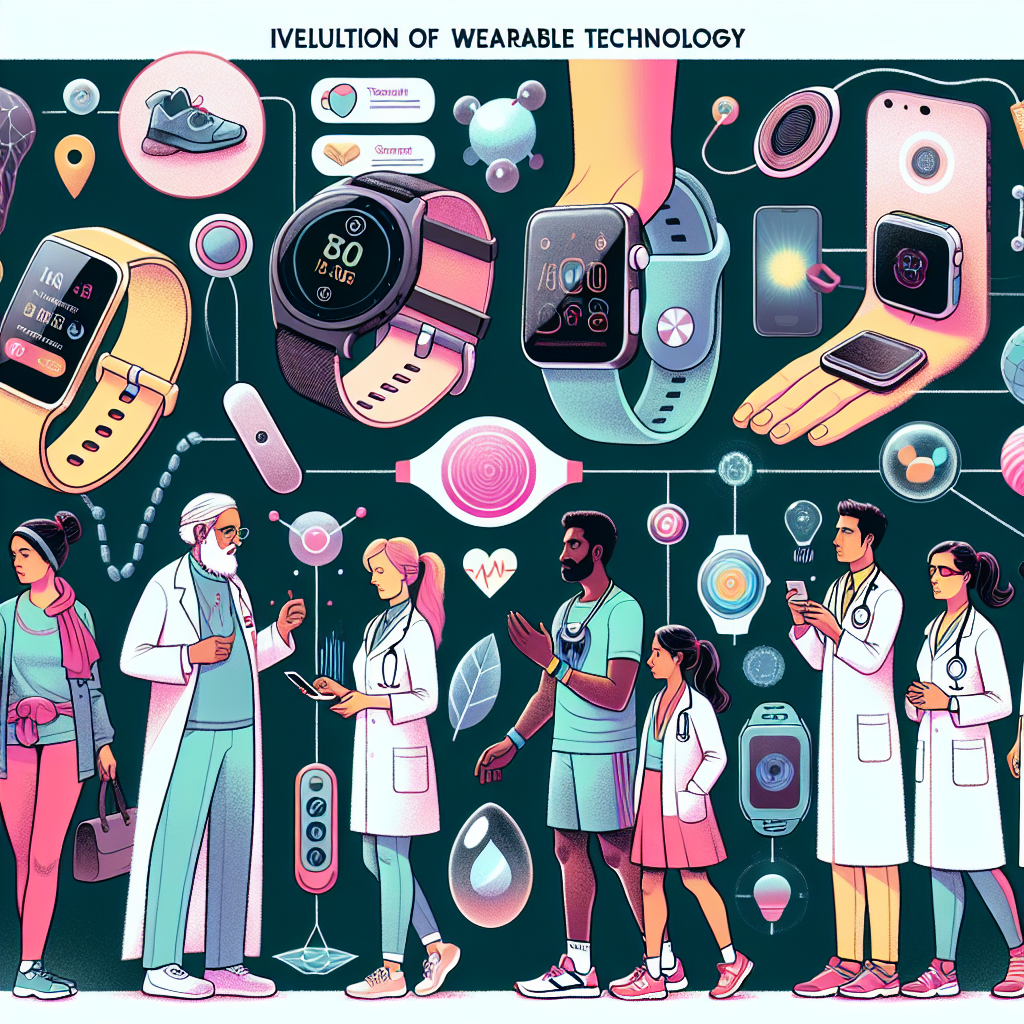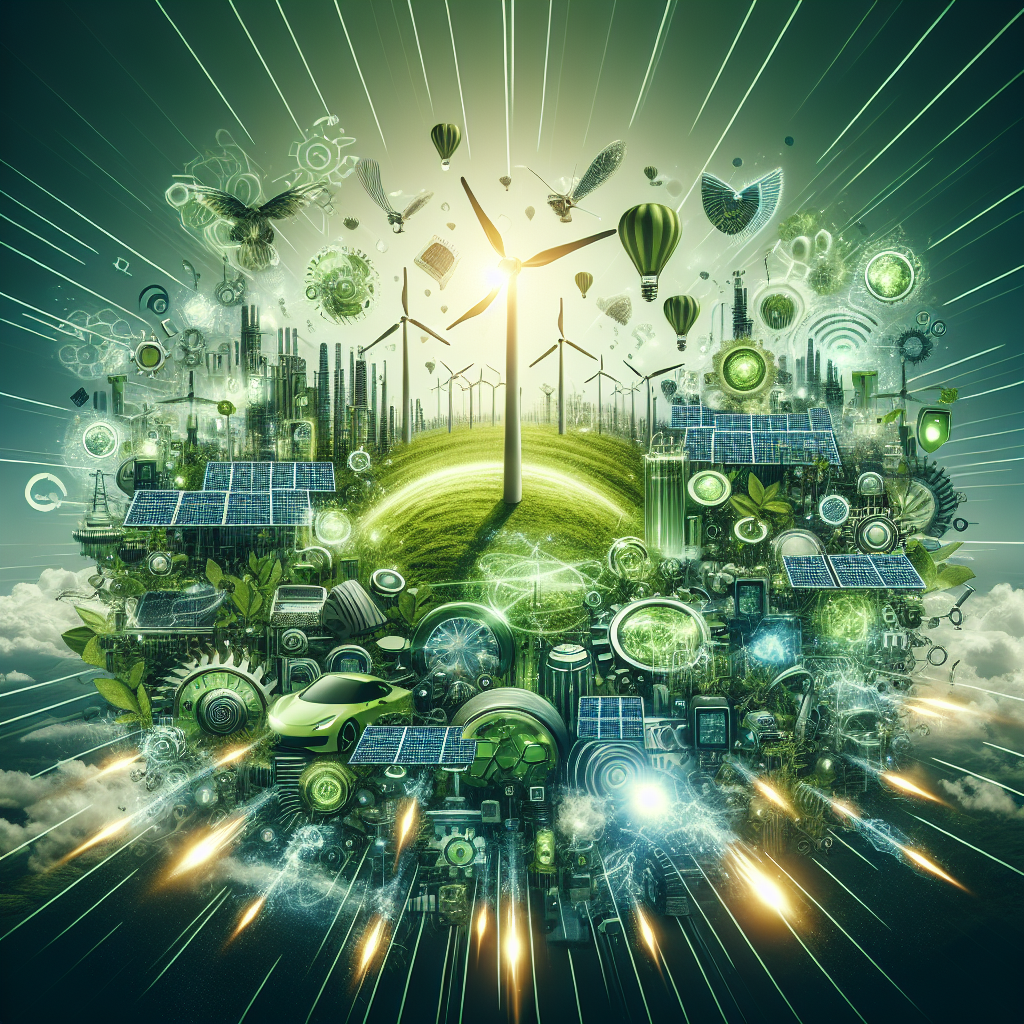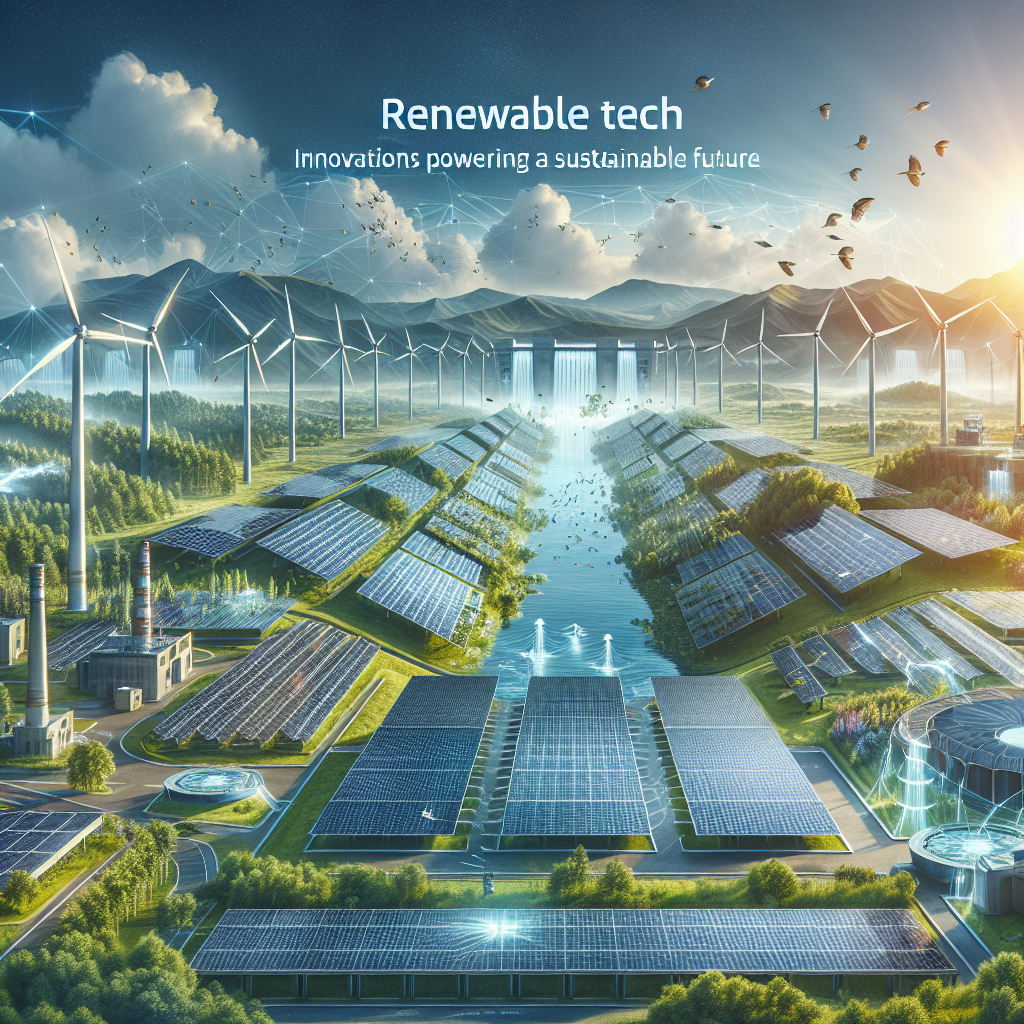Tech for Good: How Innovations are Driving Environmental Sustainability
In an age where technology constantly reshapes our lives, its role is increasingly extending towards not just convenience and connectivity, but also sustainability. As the planet faces mounting environmental challenges, technological innovation is stepping up as a critical player in the quest for sustainability. From combatting climate change to reducing waste, technological advances are key in fostering a greener future.
The Rise of Green Technology
Green technology, often called "clean technology" or "cleantech," refers to the application of environmental science and technology to conserve the natural environment and resources, while curbing the negative impacts of human activity. With climate change becoming an urgent global issue, tech companies and innovators are emerging as catalysts for environmental conservation.
Renewable Energy Tech
Perhaps the most significant contribution of technology to environmental sustainability is in the field of renewable energy. Solar panels and wind turbines have become more efficient and cost-effective, thanks to technological advancements. Innovations in battery storage are enabling more consistent supply from renewable sources, ensuring energy is available even when the sun isn’t shining or the wind isn’t blowing.
Notably, the development of smart grids is optimizing energy use and distribution. These grids can distribute electricity more efficiently, reduce energy loss, and integrate with renewable sources seamlessly. Such advancements lead to a substantial reduction in greenhouse gas emissions and reliance on fossil fuels.
Smart Agriculture
Agriculture is another sector benefiting immensely from technological intervention. Precision agriculture technologies, such as IoT devices, drones, and AI-driven data analysis, are enabling farmers to use resources more efficiently. By closely monitoring crop needs, these technologies reduce water and fertilizer usage, minimizing environmental impact and increasing food security.
Vertical farming, an innovation driven by technological advancements in hydroponics and LED lighting, presents a scalable solution to sustainable food production. This approach significantly reduces land use, water consumption, and pesticides, while also cutting down on transportation emissions by growing food closer to urban centers.
Circular Economy and Waste Management
Technology is also driving a shift towards a circular economy, where waste is minimized, and resources are reused or recycled. Advanced sorting technologies, utilizing AI and robotics, improve recycling rates by efficiently sorting different types of waste materials. This helps in closing the loop in the life cycle of products, significantly reducing the environmental footprint.
Moreover, startups are developing innovative solutions to combat e-waste, which is a growing concern in our technology-driven world. Companies are designing electronics that are easier to repair, recycle, and have a longer lifespan, thus attenuating the detrimental effects of e-waste on the environment.
Data for the Planet’s Health
Big Data and AI are proving invaluable in monitoring and mitigating environmental issues. Satellite imagery, drone technology, and sensors across the globe collect vast amounts of data, which AI algorithms interpret to forecast environmental trends, track deforestation, assess air and water quality, and manage wildlife conservation efforts.
By providing real-time insights into the health of ecosystems, such tools enable governments, organizations, and communities to make informed decisions and respond swiftly to environmental challenges. These data-driven strategies are essential in crafting effective policies and initiatives for sustainable environmental management.
Conclusion
While the challenges facing our environment are immense, the forces of technology offer equally great solutions. Tech innovations, characterized by their adaptability and ingenuity, are revolutionizing the way we address environmental issues. By aligning technological progress with sustainability goals, we can foster a future where economic growth and ecological preservation go hand in hand.
As we continue to ride the wave of the fourth industrial revolution, the integration of sustainability into technological advancement will be crucial. The promise of tech for good offers a hopeful outlook, turning the tide on environmental degradation and steering us toward a more sustainable future, where humanity and nature coexist in harmony.














Leave feedback about this
You must be logged in to post a comment.